There is an opinion that the sooner a person experiences childhood infections, the better for him. With age, the risk of complications increases, and the course of the disease itself is no longer so simple. Therefore, many parents are afraid of infectious diseases, especially those with similar symptoms. These diseases include measles and chickenpox. They occur with skin rashes and fever, but also have distinctive features. When the first signs indicating the onset of an infection appear, you should consult a doctor, strictly follow his recommendations and adhere to the prescribed treatment.
The mechanism of occurrence of both diseases is very similar. In both cases, the virus is transmitted by airborne droplets and, after entering the body, is introduced into tissue cells. Both diseases begin with a latent incubation period, followed by the appearance of the first symptoms of the disease:
- skin rashes;
- fever;
- a sharp increase in temperature;
- intoxication of the body.
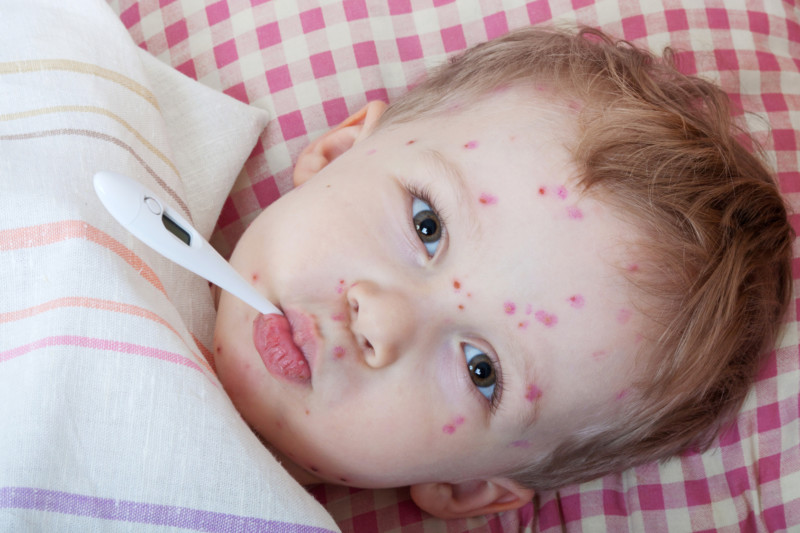
Due to the fact that the general picture of the diseases is similar, some wonder: are they the same thing or not? Each infection is caused by specific viruses, so they are similar only at first glance.
Characteristics of measles
Measles infection is caused by paramyxovirus, which is transmitted from the carrier to the people around him with 100% probability. The development of this virus can only occur inside the body. Measles spreads from mid-autumn to mid-spring, as during the cold season people spend less time outdoors and spend more time socializing indoors. A sick person becomes dangerous from the time the virus enters the body until the end of clinical manifestations. The duration of this period is from 9 to 14 days.
Specific symptoms of measles
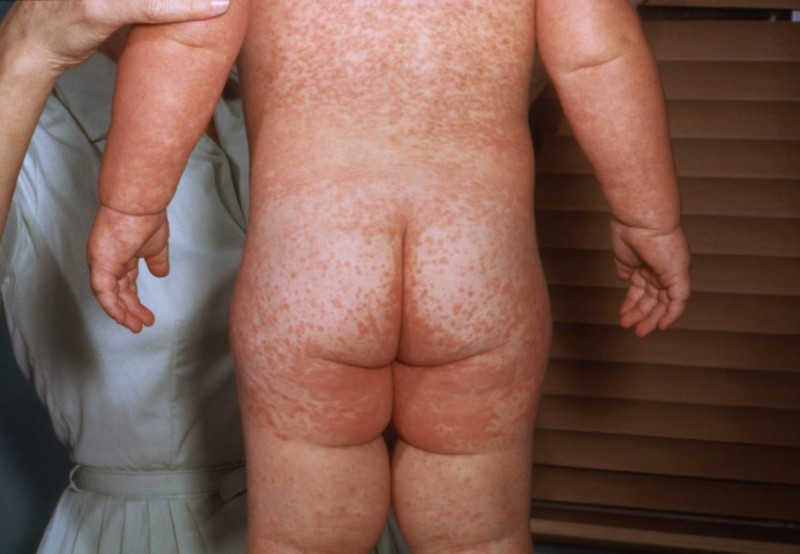
Measles has its own special symptoms, by which it is easy to distinguish it from other childhood infections:
- Severe weakness of the body.
- Increase in body temperature above 40 degrees.
- Migraine headache.
- Runny nose.
- Severe cough that becomes suffocating.
- Complete lack of appetite.
- Photophobia.
- Conjunctivitis.
- Watery eyes and sudden redness of the eyes.
All these manifestations appear within a day or a little more and last 4 days. After this, a small rash appears, which merges and forms large spots. Their location is the head, facial part, as well as the behind-the-ear area. The rash spreads every day and eventually covers the entire skin. After the spots go away, the pigmentation changes, but this goes away over time.

During the course of the disease, the body is subjected to severe intoxication, the person loses weight, and disturbances in the functioning of the nervous system, gastrointestinal tract and breathing occur. Due to serious complications, in some cases difficult to control, the disease often ends in death. Measles is especially dangerous for children under ten years of age. Therefore, the role of timely vaccination should not be underestimated.
Characteristics of chickenpox
Chickenpox is one of the most common childhood infections. It is caused by the herpes zoster virus, which belongs to type 3. Transmitted by airborne droplets. The likelihood of infection through contact with a carrier or a sick person is very high, although lower than with measles. A person who was even some distance from the source can get sick. Chickenpox most often affects preschool children or primary schoolchildren. In older age, the disease is not easily tolerated, and often with complications.
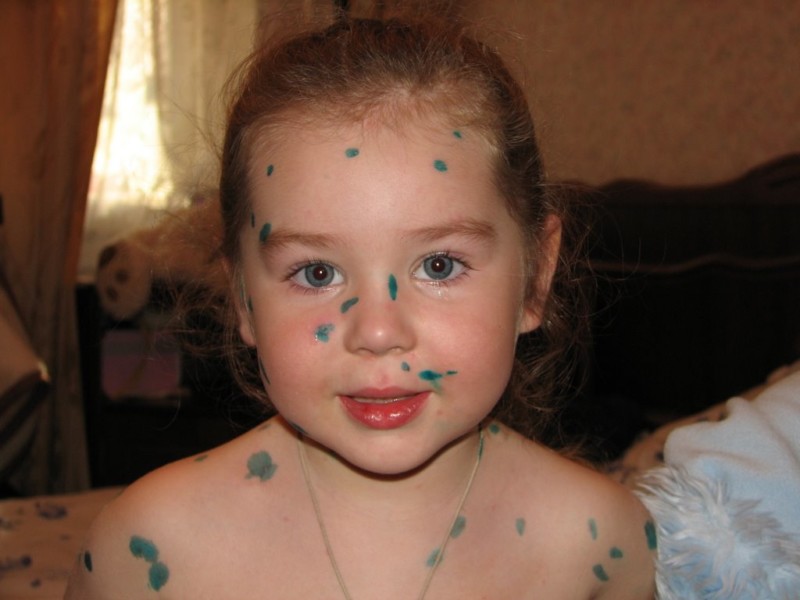
The most dangerous consequences of chickenpox are:
- meningitis;
- nephritis;
- myocarditis.
Doctors warn that the chickenpox virus is not as dangerous as its consequences. Therefore, when the first symptoms appear, you need to consult a doctor so that treatment can be prescribed.
The incubation period lasts from 2 to 3 weeks. You can become infected with chickenpox through contact one day before the onset of the rash and during the entire period the rash appears. The spots are small blisters with light or yellowish contents that burst and become crusty. During the period of bubble breakout, a person is most dangerous to others.

Chicken pox has its own characteristics:
- The first spots in the form of blisters with a rim appear on the stomach and front of the head.
- The rash spreads rapidly.
- The main location of the rash: limbs, scalp. In complicated cases, it spreads to the mucous membranes of the mouth, nose, eyes, genitals and intestines.
- On the first day, there is a significant deterioration in health, which is accompanied by a consistently high temperature of 40 degrees.
- The blistering rash opens up after one or two days, being replaced by crusts that itch unbearably.
- Fever, itching, and loss of appetite persist throughout the rash. They disappear five or seven days after the last manifestation of the rash.

Due to the long incubation period, a person can infect others very easily. In children's groups, chickenpox spreads quickly. Up to 10 years the disease is tolerated without complications. In adults, the course of the disease is more severe and rarely goes away without consequences. The itching of the skin is so severe that it is impossible to resist scratching. Therefore, scars often remain on the skin.
The virus remains in the body after recovery and, under certain conditions, manifests itself as shingles.
The danger of measles and chickenpox for pregnant women
During pregnancy, the body of mother and child is one. Therefore, when in contact with a carrier of infection, the degree of danger to the pregnant woman and the fetus cannot be underestimated.
The dangers of chickenpox during pregnancy
The entire first and second half of the third trimester of pregnancy are considered critical periods for contact with a carrier of chickenpox. In the intervals between them, the risks for mother and child are minimal. In the first trimester, there is a risk of miscarriage or congenital abnormalities in the fetus. Chickenpox itself is not considered a cause of miscarriage. In mid-pregnancy, it is appropriate to administer immunoglobulin, which helps reduce the danger.
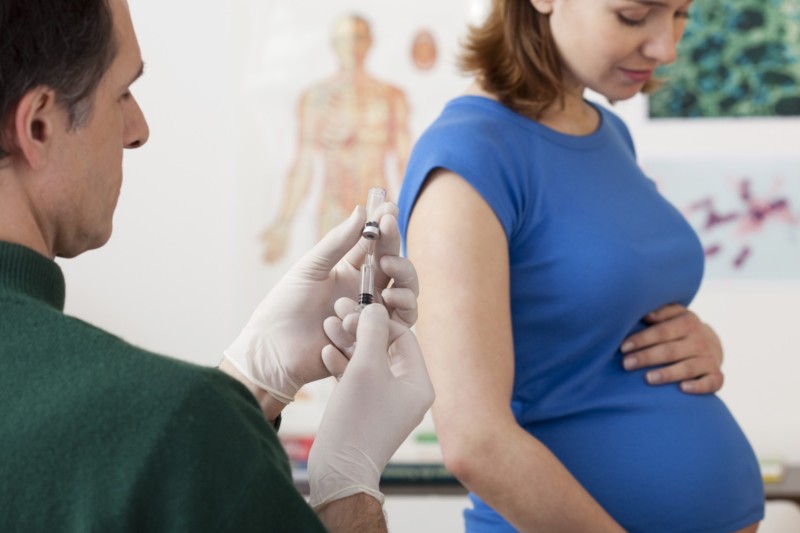
The most dangerous period for infection is considered to be several days before the birth of the child. This leads to congenital chickenpox, which increases the risk of death in children. Infection of the mother immediately before childbirth will be the basis for placing her in a special maternity hospital, and postpartum monitoring of her and the child will be enhanced.
The danger of measles for the expectant mother and newborn
Measles in pregnant women poses a high risk in the first trimester, causing fetal pathology, most often in the nervous system. The difficulty during this period is the ultrasound diagnosis of lesions in the child’s brain. But the issue of termination of pregnancy is not urgent and is decided individually in each case. The risk for mother and child with measles infection is lower than with rubella, but prevention should be taken care of in advance. When a mother is infected with measles at a later stage, the likelihood of intrauterine infection of the child increases, and for a newborn it is difficult to deal with such a problem. Measles is dangerous due to premature birth and the birth of children with a weight below average.
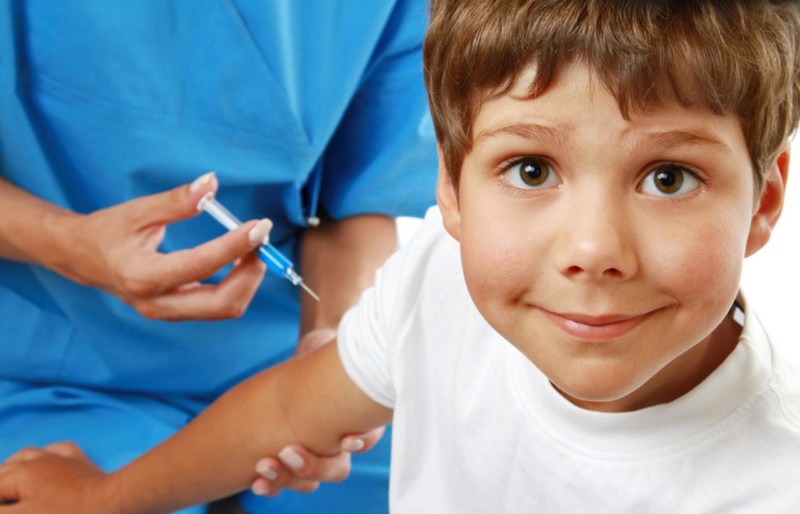
For any infection, preventive measures are much more effective than subsequent possible treatment. Therefore, there are two ways to prevent infections:
- vaccination;
- isolation of a sick person, especially from pregnant women.
There is not only early vaccination, but also the administration of measles immunoglobulin within five days after contact with a sick person.
The expectant mother should remember to prepare for an important period in her life and get tested in advance for the presence of antibodies in the body. This will preserve the health of her and the baby, and will also be the key to peace of mind during pregnancy.
Doctors believe that it is advisable to get chickenpox in early childhood, when the risk of complications is minimal. At older ages, the disease progresses more severely and with adverse consequences. But it is not at all advisable to get measles, so it is best to get vaccinated.


